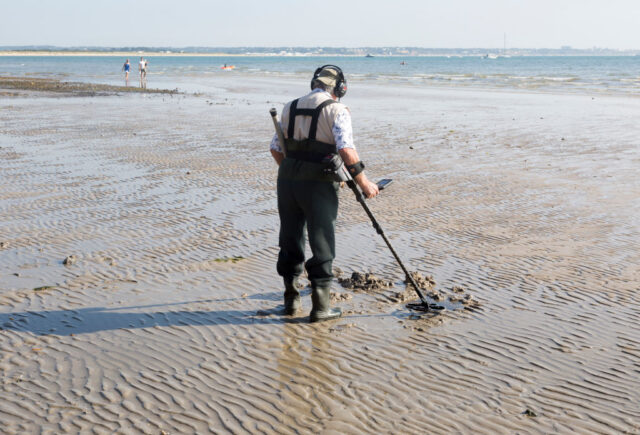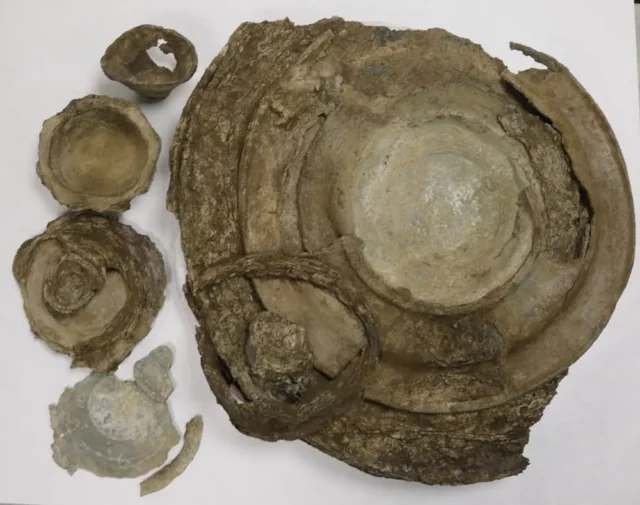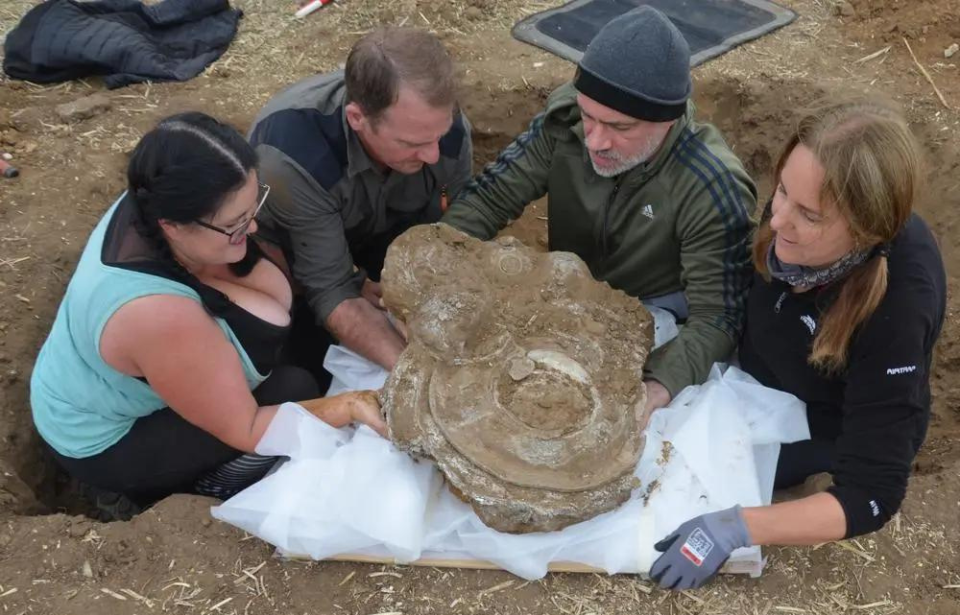Suffolk, England, is the latest location to claim the discovery of Roman artifacts in their county. While working on a local estate, a group of metal detectorists made the find when one of the amateurs stumbled across the artifacts. The research was then taken over by a professional team who were able to excavate them and provide more detail about their history.
Euston Estate discovery
In September 2022, Martin White was participating in an organized metal detecting event on the Duke of Grafton’s estate in Suffolk. Although he is an amateur, he’s no rookie, having been involved with the hobby for roughly 10 years. He identified the small hoard as something of importance, saying, “this is the most high profile find I’ve made so far, it was very exciting! We quickly consulted with the Archaeological Service so that the items could be removed and recorded, without being damaged.”

The Suffolk County Council Archaeological Service managed the excavation with Wardell Armstrong and the Norfolk Museum Service, with the latter undertaking the conservation work. Martin White was included in the process, with Councillor Melanie Vigo di Gallidoro saying, “This is a fantastic example of teamwork, with many organizations coming together to help preserve Suffolk’s history, all made possible by the generous support of the Euston Estate, East of England Rallies and, of course, Martin.”
Roman relics
Included in the find were a number of bowls, plates, platters, and a cup. When the research was passed over to the professionals, they were able to date them and provide commentary on their burial. Supposedly, it looks like they were placed in the ground in a deliberate fashion, either as a form of offering or in order to keep them safe. The nature and location of their burial also means that they have suffered some damage over the years.

They were placed in a pit in the ground stacked on top of each other, and corrosion caused them to fuse together. It appeared as though they were also damaged by repeated plow activity in the area. Nonetheless, they are still in relatively good condition. The research team was able to date the materials to sometime around the end of the fourth century AD, which was during the late Roman period in the United Kingdom.
A treasure that’s not treasure
Faye Minter, Suffolk’s Archaeological Archives and Projects Manager, explained that “The larger plates and platters were used to allow food to be served communally and the octagonal bowls may have a Christian reference. Similar hoards are found across southern Britain, including from the nearby large Roman settlements at Icklingham and Hockwold.”

More from us: Professor Finds ‘Floating Gold’ Vomit Worth Over $500k Inside Dead Whale in Canary Islands
Despite the impressive age of the find and it being a “significant” discovery, the Euston Hoard cannot be classified as a “treasure.” According to the 1996 Treasure Act, it is disqualified on the basis of being both Roman and made of pewter. At the time of writing, the artifacts are on display for the public at the West Stow Anglo-Saxon Village and Museum, where the plan is for them to remain until January 2024.
